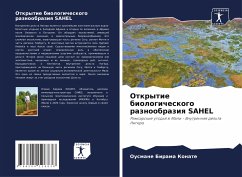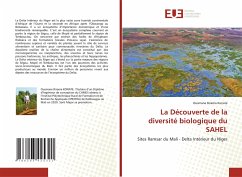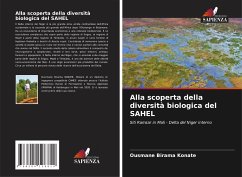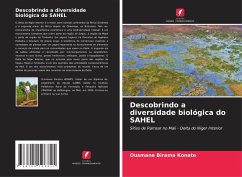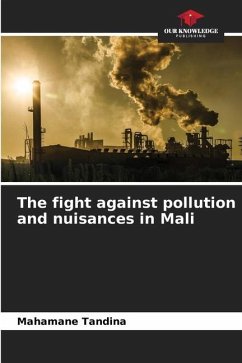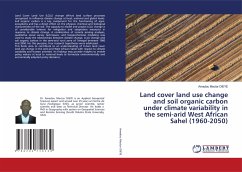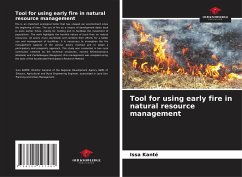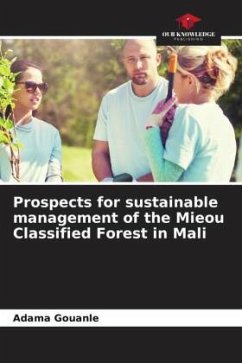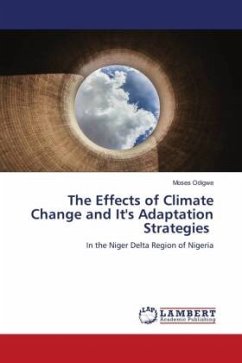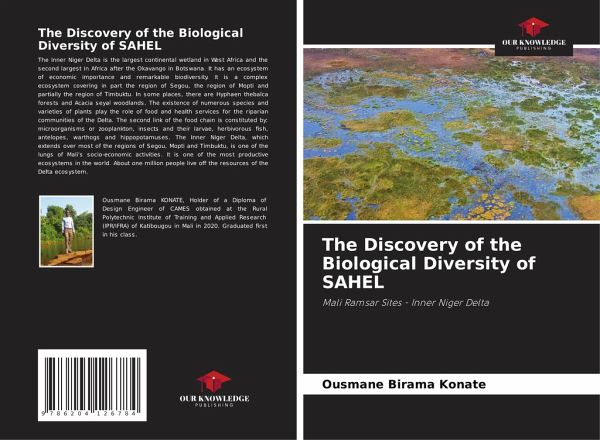
The Discovery of the Biological Diversity of SAHEL
Mali Ramsar Sites - Inner Niger Delta
Versandkostenfrei!
Versandfertig in 6-10 Tagen
27,99 €
inkl. MwSt.

PAYBACK Punkte
14 °P sammeln!
The Inner Niger Delta is the largest continental wetland in West Africa and the second largest in Africa after the Okavango in Botswana. It has an ecosystem of economic importance and remarkable biodiversity. It is a complex ecosystem covering in part the region of Segou, the region of Mopti and partially the region of Timbuktu. In some places, there are Hyphaen thebaïca forests and Acacia seyal woodlands. The existence of numerous species and varieties of plants play the role of food and health services for the riparian communities of the Delta. The second link of the food chain is constitut...
The Inner Niger Delta is the largest continental wetland in West Africa and the second largest in Africa after the Okavango in Botswana. It has an ecosystem of economic importance and remarkable biodiversity. It is a complex ecosystem covering in part the region of Segou, the region of Mopti and partially the region of Timbuktu. In some places, there are Hyphaen thebaïca forests and Acacia seyal woodlands. The existence of numerous species and varieties of plants play the role of food and health services for the riparian communities of the Delta. The second link of the food chain is constituted by: microorganisms or zooplankton, insects and their larvae, herbivorous fish, antelopes, warthogs and hippopotamuses. The Inner Niger Delta, which extends over most of the regions of Segou, Mopti and Timbuktu, is one of the lungs of Mali's socio-economic activities. It is one of the most productive ecosystems in the world. About one million people live off the resources of the Delta ecosystem.




